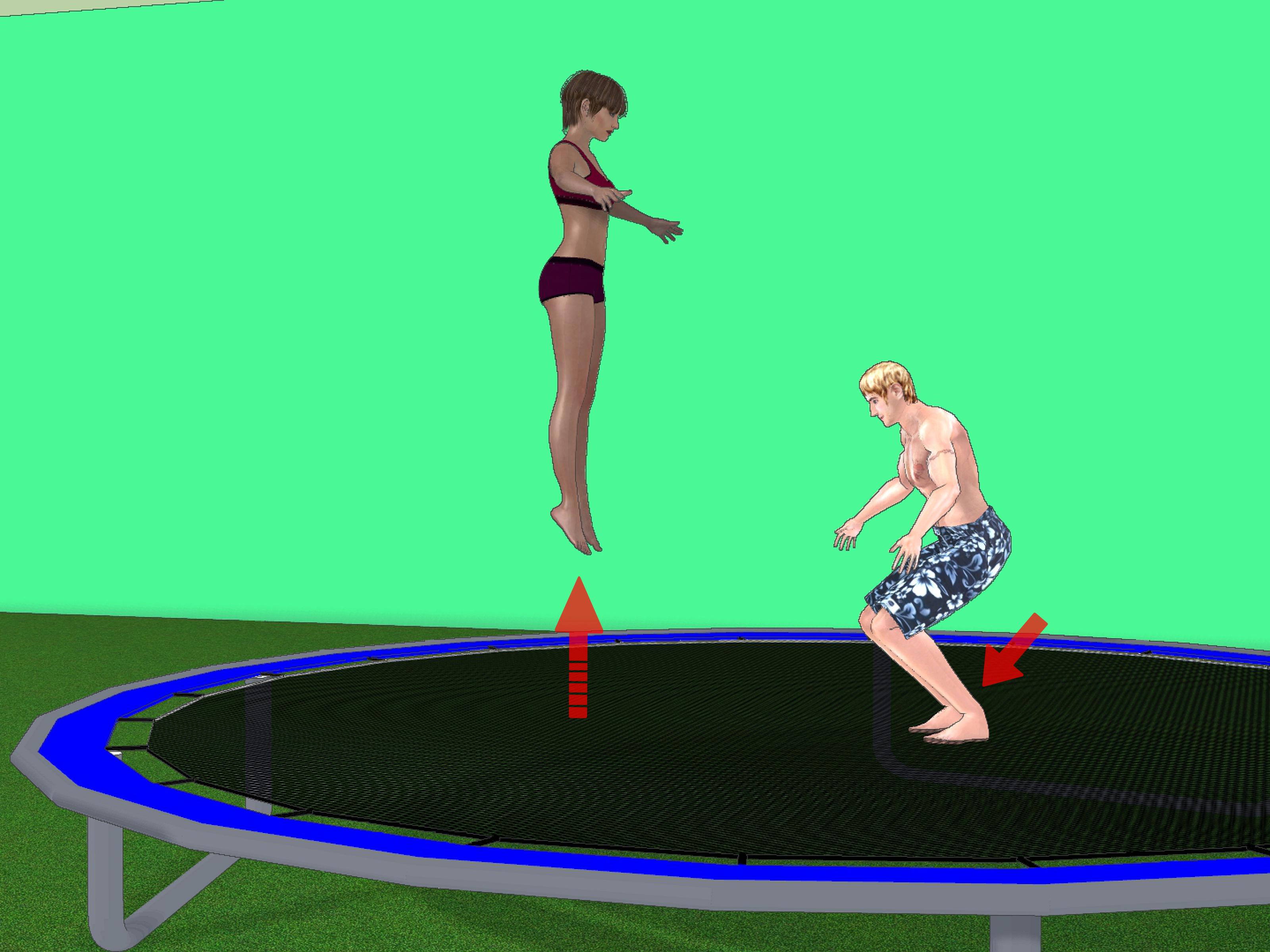Tail-Call Optimization¶
Motivation¶
- Recursion is a beautiful way to express many algorithms, as it typically makes our algorithm easier to prove.
- Calling a function requires space on the call stack for the variables, parameters, and return address from the call.
- What if we could translate certain kinds of recursion into loops at compile time so that we could use it feasibly?
Tail-Calls¶
A tail-call is a function call for which the return value of the call
becomes the return value of the function. For example, sqrt is the
tail-call of this function:
double distance(struct point a, struct point b) {
double dx = a.x - b.x;
double dy = a.y - b.y;
return sqrt(dx * dx + dy * dy);
}
A function which is tail-recursive only ever calls itself as a tail call.
Racket Example¶
Consider this Racket function:
(define (sqrt x guess)
(if (< (abs (- (expt guess 2) x)) 0.001)
guess
(sqrt x (* 0.5 (+ guess (/ x guess))))))
- The only place
sqrtever calls itself is in a tail position ifis a macro: it returns something to be evaluated rather than evaluating it itself- Since
(sqrt x (* ...))is one of the returned forms fromif, it is a tail call.
Practice 1¶
Identify the tail-calls and state whether the function is tail-recursive or not.
(define (double-all lst)
(if (null? lst)
'()
(cons (* 2 (car lst))
(double-all (cdr lst)))))
Practice 2¶
Identify the tail-calls and state whether the function is tail-recursive or not.
(define (sum-list lst)
(if (null? lst)
0
(+ (car lst)
(sum-list (cdr lst)))))
Practice 3¶
Identify the tail-calls and state whether the function is tail-recursive or not.
(define (sum-list lst)
(define (sum-iter lst acc)
(if (null? lst)
acc
(sum-iter (cdr lst) (+ (car lst) acc))))
(sum-iter lst 0))
Practice 4¶
Identify the tail-calls and state whether the function is tail-recursive or not.
(define (fib n)
(if (< n 2)
n
(+ (fib (- n 1))
(fib (- n 2)))))
Practice 5¶
Identify the tail-calls and state whether the function is tail-recursive or not.
(define (fib n)
(define (fib-iter n a b)
(if (= n 0)
a
(fib-iter (- n 1) b (+ a b))))
(fib-iter n 0 1))
Translating Tail-Recursion to Loops¶
To translate a tail recursive function to a loop, we can surround the function
body in an infinite loop, and when we tail-call ourselves, replace that with a
reassignment of our arguments and a continue.
How might this look in the code below?
int fib_iter(int n, int a, int b) {
if (n == 0) return a;
return fib_iter(n - 1, b, a + b);
}
Loop Translation Example¶
Before optimization:
int fib_iter(int n, int a, int b) {
if (n == 0) return a;
return fib_iter(n - 1, b, a + b);
}
After optimization: (not pretty, but shows what a compiler might do)
int fib_iter(int n, int a, int b) {
while (true) {
if (n == 0) return a;
int next_n = n - 1, next_a = b, next_b = a + b;
n = next_n, a = next_a, b = next_b;
continue;
}
}
Can we do better?¶
What if we wanted our compiler to handle circular recursive cases like this:
- Procedure
Acan tail-call procedureB. - Procedure
Bcan tail-call procedureC. - Procedure
Ccan tail-call procedureA.
Brainstorm optimization techniques with your learning group. Think aloud!
The Trampoline Method¶
Idea: in interpreted languages, we have an evaluator function which takes an expression and the storage context, if we make this function call functions in a loop and have our functions return what it should call next, we can get free tail-call optimization that also supports circular tail calls!
(figure on whiteboard)
Thinking of the Trampoline Visually¶

Think of these people as functions, one function returns its unevaluated tail-call to the trampoine rather than calling it itself.¶
Why is TCO important to SlytherLisp?¶
The only structure for looping in SlytherLisp is recursion, so we need to be able to efficiently be able to implement loops in SlytherLisp.
You should implement TCO using the trampoline method. Hint: lisp_eval
can be your trampoline.
Tail Recursive Modulo Cons¶
Some tail call optimizers have an additional trick in their hat: tail call
modulo cons. This technique allows the CDR argument to a cons tail call
to become a tail call.
- Rather than waiting for the CDR to finish evaluating to construct the
conscell, the cell is constructed right away without setting the CDR argument. - A reference to the CDR is passed back to the trampoline.
- The trampoline stores the result of the CDR evaluation into the CDR reference.
The Racket compiler implements this technique. You are not required to implement this in SlytherLisp.